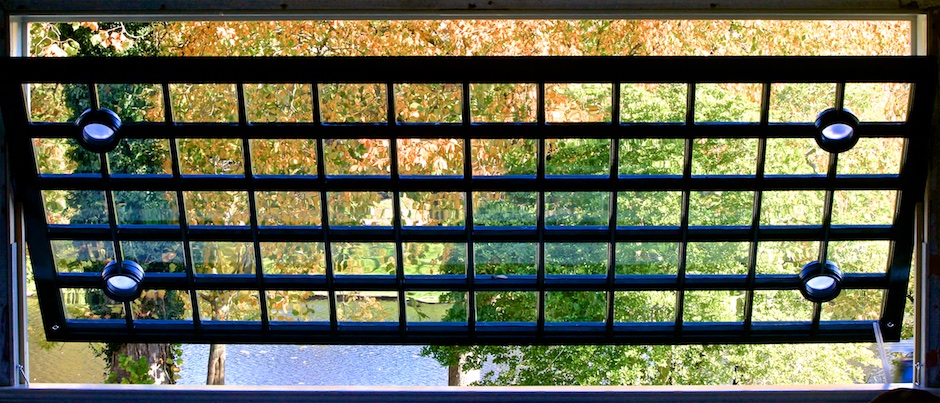Hilary Osborn-Malecki volunteers as a member of the Board of Trustees for the East Hampton Historical Society. Recently, elected as Vice President of the Historical Society, we asked Hilary to talk about her background and interest in serving her community.
—–
Tell us about yourself and your connection to East Hampton.
I was born and raised in East Hampton and went to High School here. I lived in Washington DC for about 20 years but then returned to East Hampton to raise my children. My roots run deep here, I come from a long line of farmers and fishermen. On my father’s side, the Osborns were founders of East Hampton and Wainscott going back eleven generations. I’m also related to the Halseys who founded Southampton. My mother was born in Montauk. Her mother was part of the Nova Scotia migration to the hamlet and her father jumped on a shop from Holland and ended up in Montauk.
—–
How did you first get involved with the Historical Society?
My father was a member of the Historical Society’s Board in the 1960s and ‘70s and a current Trustee reached out and encouraged me to get involved. One of my mother’s proudest accomplishments was serving as a member of the East Hampton Library’s Board of Managers. Through the Library, she got to know Enez Whipple when she was the Executive Director of Guild Hall from 1950 to 1981. Enez introduced her to artists and inspired my mom’s interest in collecting art, which she passed down to my siblings and me.
—–
What motivates you to volunteer in the community?
I realize volunteering has been a part of my family’s legacy for generations, passed down through my parents, and grandparents and so on. My family has always been civic minded and active in the churches and community. I believe communities don’t come to you; you must go out and make it a community. I read so much of people today struggling with loneliness and difficulties of modern life, and I think one of the answers is to disconnect from the phones, TVs and computers and head out into their community, meet its people and volunteer your time.
—–
What have you learned through your involvement with the Historical Society?
I know a lot of East Hamptons history but there is always something new and fascinating about the towns history and its people to learn. There are so many fascinating people, I enjoy hearing the stories of the people who have made this town what it is.
—–
Do you donate your time to any other organizations? If so, which ones and what spurred your interest in them? I am active in the Wainscott Sewing Society, which was founded in 1869. I believe it’s the oldest ongoing organization run by women in Eastern Long Island. I’m also active in the First Presbyterian Church of East Hampton, The Sons and Daughters of East Hampton, the New York Chapter of Daughters of Founders & Patriots of America, and the East Hampton Ramblers. When my children were young. I was also active in the PTA and Boy Scouts.
—–
Which of the Historical Society’s sites do you find most interesting? Why?
How to choose? Clinton Academy is interesting because so much went on there. Fascinating people went to school there who then went on to do great things. My own family members were educated there and after it was no longer a school, my great grandparents attended plays performed at Clinton Academy.
—–
I enjoy learning about Thomas and Mary Nimmo Moran and comparing their lives to that of my great grandparents who were Wainscott farmers at the same time. While living in the same small town, they lived very different lives.
—–
I feel a special connection to the Marine Museum because my great grandfather’s picture is hanging in the exhibit galleries. He was in the Wainscott whale crew that hunted whales off the beach from the 1880s until 1907. One newspaper described him and his brother as the greatest cod fishermen on the East End. I only realized recently that he was as much a fisherman as he was a farmer.








